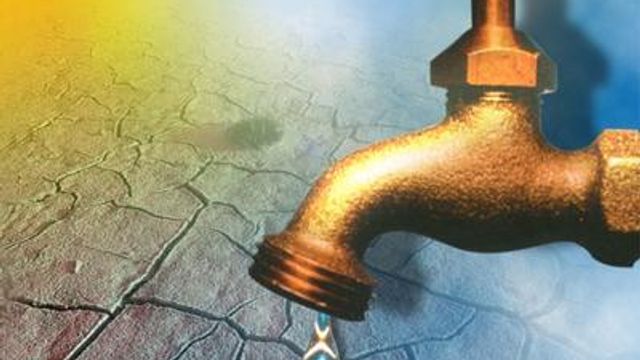Report: Nine ways to save Raleigh's water
A river conservation group claims Raleigh could save 40 percent of its water supply and save taxpayers more than $60 million if the city follows nine steps.
Posted — UpdatedThe report, "Hidden Reservoir: Why Water Efficiency Is the Best Solution for the Southeast," is aimed at making sure lakes and rivers remain fresh and full.
The group, American Rivers, claims Raleigh could save 40 percent of its water usage and save taxpayers more than $60 million if it follows the report’s nine steps:
- Stop leaks: More than 6 billion gallons of water are lost each day in the U.S. thanks to aging water distribution systems. Leaks should be fixed to stop this massive waste of water.
- Price water right: Water should be priced to cover costs and encourage efficiency.
- Meter all water users: Water meters must be installed on all new homes, multifamily apartment buildings and businesses so water-users can measure and monitor their consumption.
- Retrofit all buildings: If all U.S. households installed water-efficient fixtures and appliances, the country would save more than 8.2 billion gallons per day. That volume is the same as what it would take to supply all Southeast states with their entire public water demand and equals approximately 20 percent of the total U.S. public water supply.
- Landscape to minimize water waste: On average, U.S. homes consume 30 percent of their water outdoors for watering lawns, thirsty plants and trees. By encouraging use of native and drought-tolerant plants and more efficient irrigation, communities would see significant water savings.
- Increase public understanding: Communities should equip individuals with information about their own water use patterns and educate the public about smart, simple water-efficiency solutions.
- Build smart for the future: Homes, businesses and neighborhoods should be designed to capture and reuse stormwater and to use gray water and rainwater for non-potable purposes. Building codes and ordinances should be updated to support or require the use of the most water-efficient technologies.
- Return water to the river: To maintain healthy flows, a portion of water efficiency “savings” should be returned to rivers to serve as a “savings account” for a not-so-rainy day.
- Involve water-users in decisions: Opportunities for significant water savings can be overlooked without the stakeholders at the table. Involving the water-users encourages higher rates of efficiency.
“Water efficiency is the 21st century solution to the drought-stricken Southeast’s water problems and must be the backbone of the region’s water supply plan,” said Rebecca Wodder, president of American Rivers.
“Our message to North Carolina’s leaders is that water efficiency should be the first source of supply. It simply makes no sense to build a dam or other expensive and damaging water-supply project, when water efficiency solutions are cost-effective, proven, and timely."
• Credits
Copyright 2024 by Capitol Broadcasting Company. All rights reserved. This material may not be published, broadcast, rewritten or redistributed.





